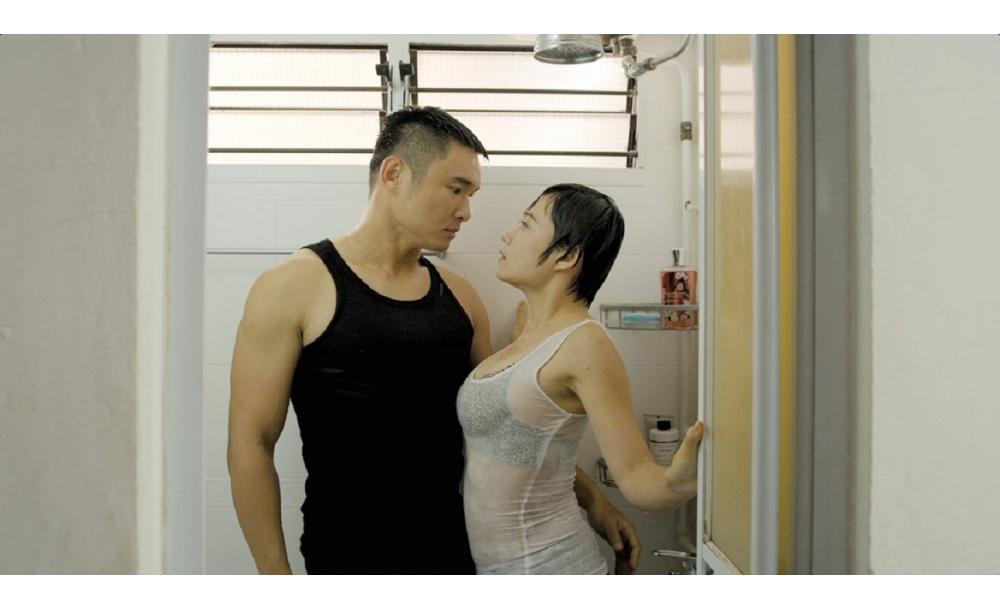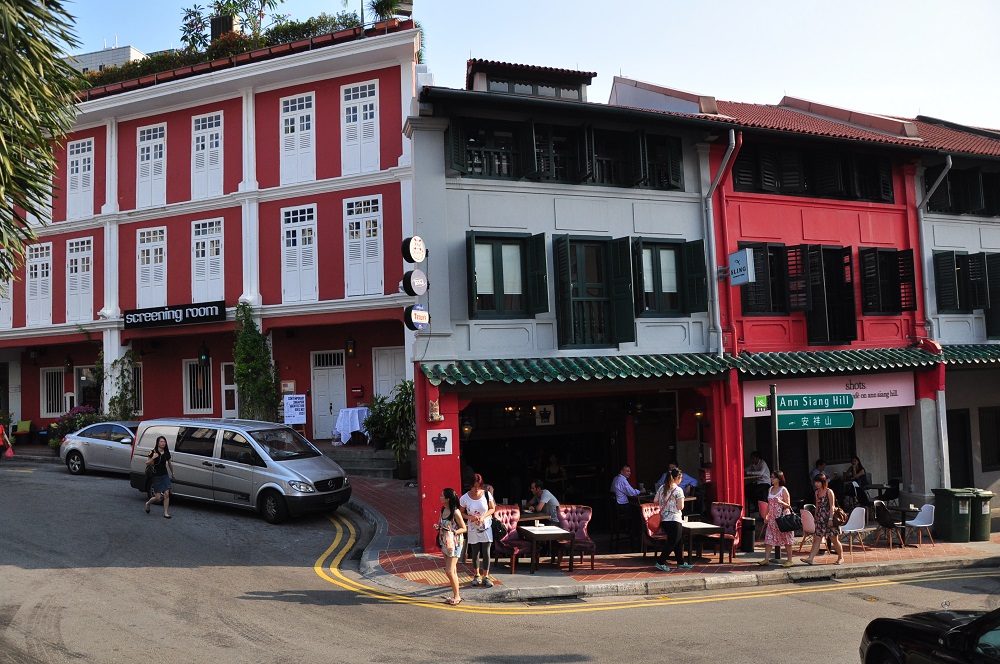It’s no secret that there’s a list of customary rules regarding things not to be done during the Hungry Ghost Festival season, that’s happening throughout August in 2019. And while there isn’t an explicit instruction on the list that discourages visits to a cemetery during the seventh month, as it’s also called in reference to the Chinese calendar, there’s definitely an unspoken rule that one should avoid heading there at this time.
With that in mind, I treaded a (very) fine line, heading down to the infamous Bukit Brown Cemetery for the Bukit Brown Wayfinder, a self-guided trail initiated by many local bodies including the National Heritage Board, National Parks Board and Singapore Heritage Society, in search of what might be an interesting experience, with plenty of stories to tell.
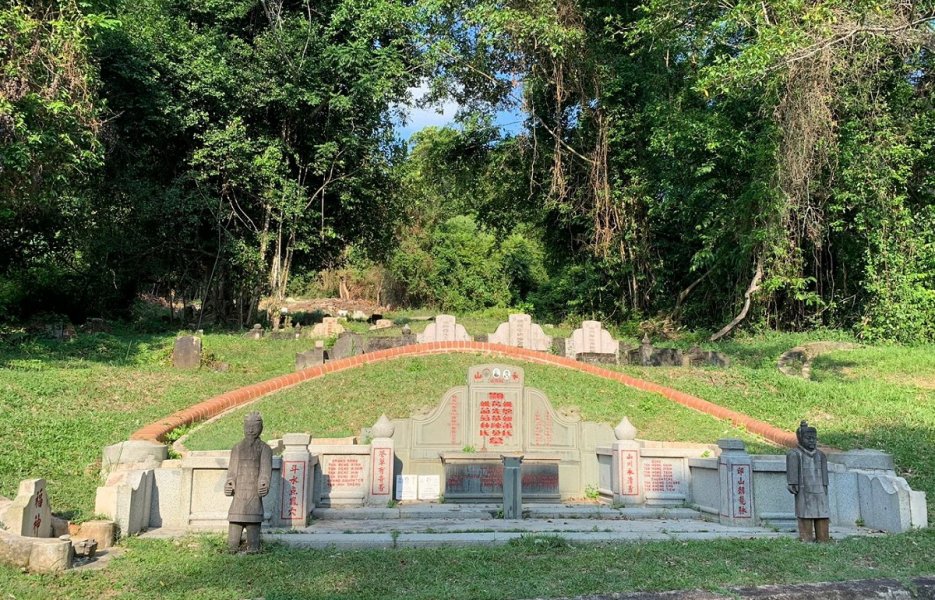
Having gathered three other voluntary companions, my group of four began the arduous walking trail almost exactly at 4:20pm; driven there by a kind Grab driver who, surprisingly, knew the route well and had no trouble sending us right to the starting point. But here’s something you should note—four is an inauspicious number in the Chinese dictionary, despite it being an even number (heading to a taboo place in an odd-numbered group is not advisable either). To make things a little more unnerving, my team and I were heavily forewarned by friends, families and colleagues not to make inappropriate comments when there, and was even briefed about what to do, post-cemetery tour.
As well-prepped as one can be when headed to a cemetery, we had the Bukit Brown Wayfinder in hand. It’s a lengthy booklet created by the SHS to assist trail-goers, the Wayfinder encompasses details of the area, maps and important facts about Bukit Brown. We felt compelled to identify tombs according to their dialect groups as tomb identification was one of the first topics in the booklet, and apparently; there were quite a number of differences between Hokkien tombs and Teochew tombs. We mostly identified Hokkien tombs which were in a cluster at the start of the trail.
Four main components of the trail were highlighted in the Bukit Brown Wayfinder— to visit the resting places of those who made significant contributions to Singapore; recognise special motifs and carvings that reveal beliefs and the history of Bukit Brown; find World War 2 stories and admire the beautiful nature among the tombs. The trail also comprises 25 tomb sections, including tomb clusters, familial tombs and the resting place of Singaporean philanthropist Tan Boo Liat. Tomb signages and route markers dotted the incredibly large (its size had already been reduced over the years) space, which provide some form of aid in our self-guided trail.
We took a right turn following the starting point, in search of Tomb #15 The Pauper’s Section and Tomb #17 Tan Boo Liat. Walking down the serene cemetery in the late afternoon was rather nice, yet, I felt the presence of another being walking through the bushes, just a couple of footsteps away from my group. Whether it was really an apparition or just my mind playing tricks on me—I’ll never know. I heeded the advice given to me pre-trip, didn’t investigate further, and kept on walking.
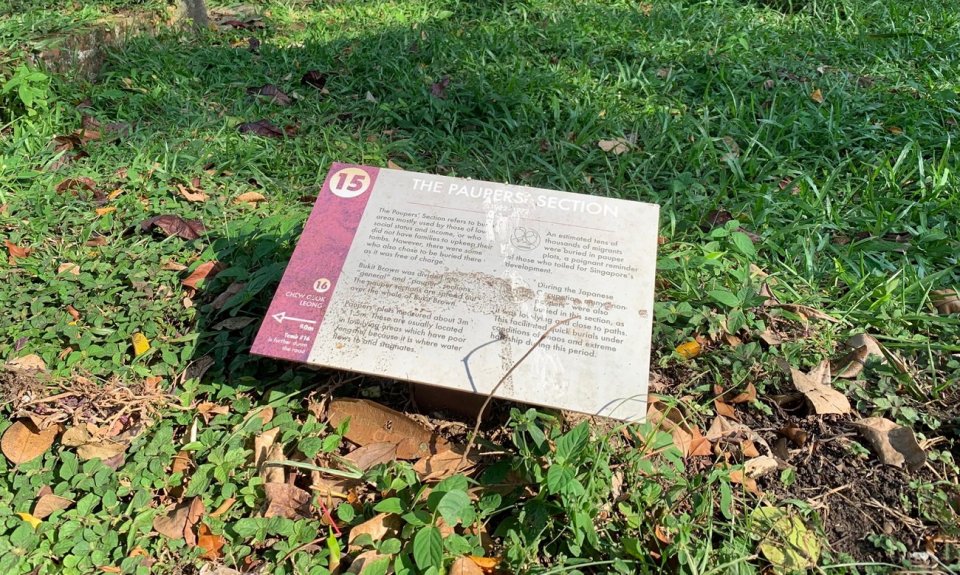
The Pauper’s Section might bring out one’s emotional side. Those who were buried beneath the land were pioneers, looking for a new lease of life but were unsuccessful in doing so. Many worked tirelessly to provide for their families back in China, who they had left behind.
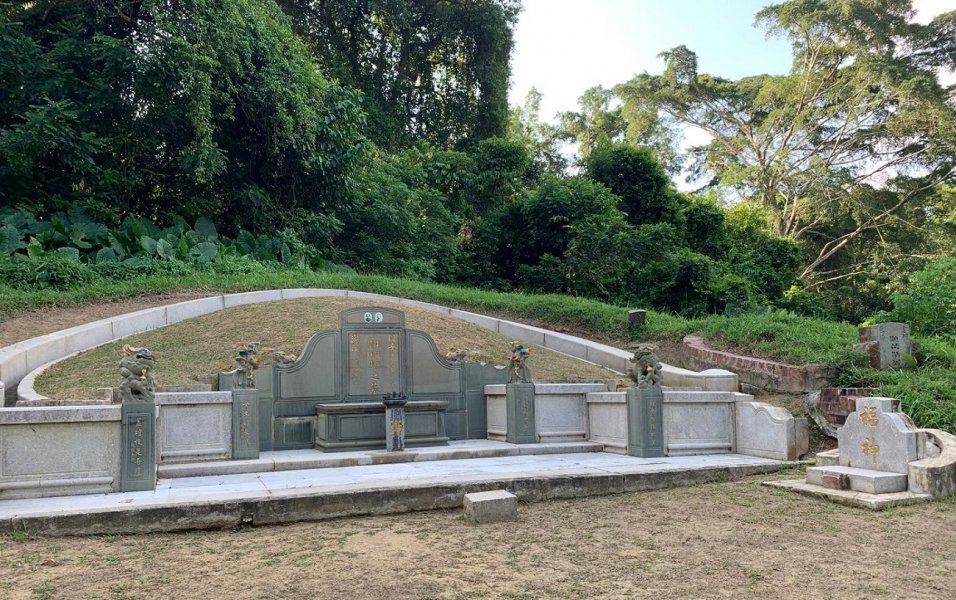
Meanwhile, my fellow companions who actively looked for Tan Boo Liat’s grave chanced upon the tombs of OCBC founders and board members instead. As the Chinese businessman stereotype would allow, many of the OCBC founders’ graves had mini altars by their tombs, with the mandarin word for fortune labelled on them.
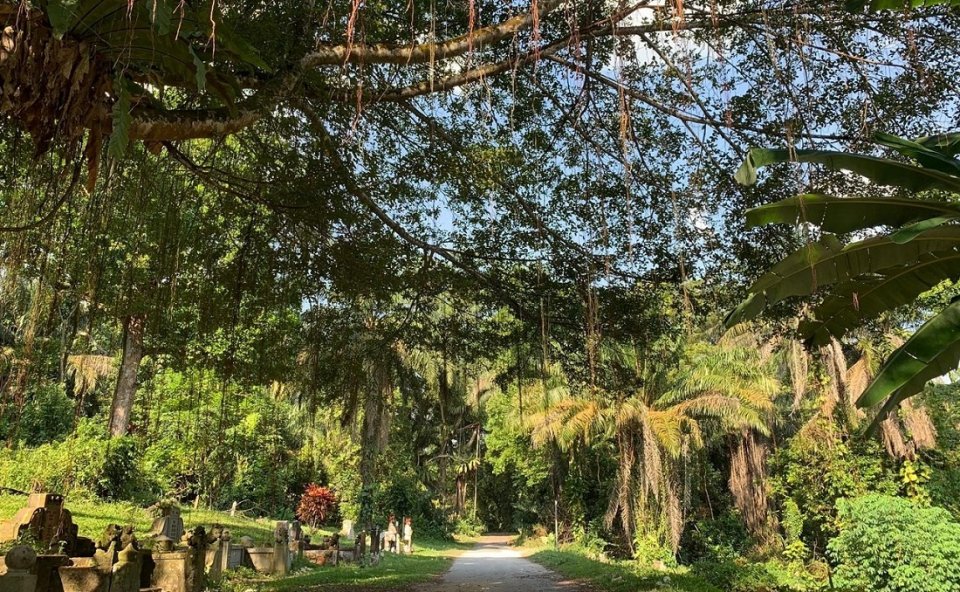
A rather picturesque location amid the graveyards is a section with lush greenery and hanging roots which surprisingly made for a rather Instagrammable moment. But we’d imagine that come nightfall, the scene would be drastically different; hanging roots would seem dangerous and frightening, and the long path ahead—endless. And adding to the fear factor, the motifs and statues adorning the graves would likely become more ominous. We even encountered what we feared to be an ill-disposed coffin, as the wood-finish and size matches the commonly-seen ones. And I won’t lie, that sight disoriented me to my core.
But soon enough, our fear of the paranormal turned physical. We were frantically bitten by insects, and I began to irrationally worry about the presence of snakes, perhaps falling from the tree branches. Scattered on the grounds throughout the winding road were also plenty of hellnotes, which is important to avoid and keep a lookout for, out of respect for the dead.
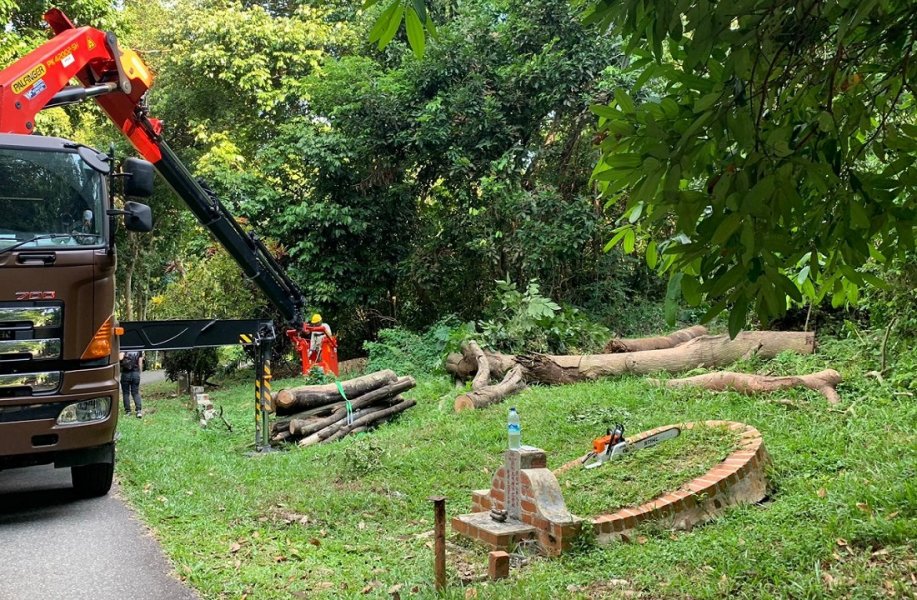
As nightfall closed in on us, we decided to complete the rest of the trail quickly, before heading back to civilisation. As we did so, we were a little stunned to find other people in the area, let alone a bunch of workers cutting down trees on the first day of the seventh month. It didn’t seem like a good time to do some logging. But what didn’t sit well with us was that the workers placed their equipment on a tomb. Were they just so desensitised that the possible consequences didn’t bother them? Or, did they not know? We agreed that tombs were universal, and although this too isn’t on the list of “Things Not to Do During the Seventh Month”, it definitely seemed disrespectful.
The workers were helpful nonetheless. They guided us out of the area and kept us on the right path as we made our exit from the cemetery, just before sunset. After returning to town, I also stopped by the bathroom for a clean-up sesh, as a cleansing measure, having been told by many to do so.
The self-guided trail took my team of four approximately two hours to complete. Navigating Bukit Brown was not confusing, albeit the directorial signages could have been more. But leaving the area by public transport wasn’t tough either. A bus stop is located within walking distance, with plenty of buses to take you wherever you need to go.
Six feet under, Bukit Brown Cemetery has an abundance of stories just waiting to be told. Although we headed there with much trepidation, we found the graveyards and scenary rather comforting, for both those visiting, and I guess also for those laid there to rest.
In fact, we left the place with more knowledge and respect for the deceased. Not only did we learn the history of the burial ground, we managed to attain knowledge about tombs, motifs and the trail, thanks to the Wayfinder. It’s almost as though we were on a history tour, sans the boring bits, and with some element of fright added to it to keep us on our toes. Plus, who knows how long such a cemetery will be around for, given Singapore’s constant need for more land. So we’re glad we managed to see it for ourselves.
But here are some words of caution if you intend to embark on this trail too. Keep an open mind, remember to be respectful at all times, and stick to visiting the area while the sun is up. We doubt you’ll want to be there after dark.
Bukit Brown Cemetery is located at 36C Lor Halwa.




